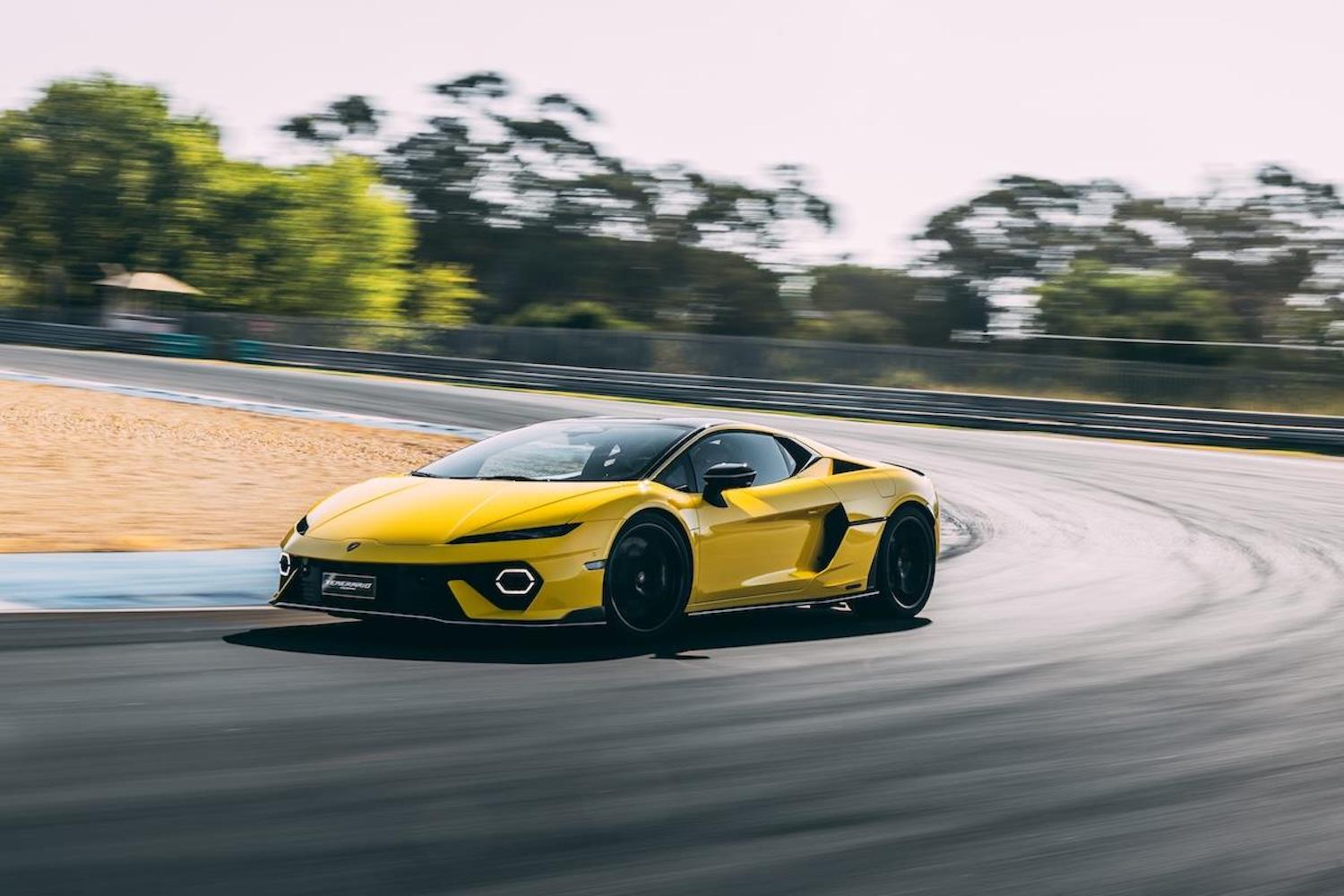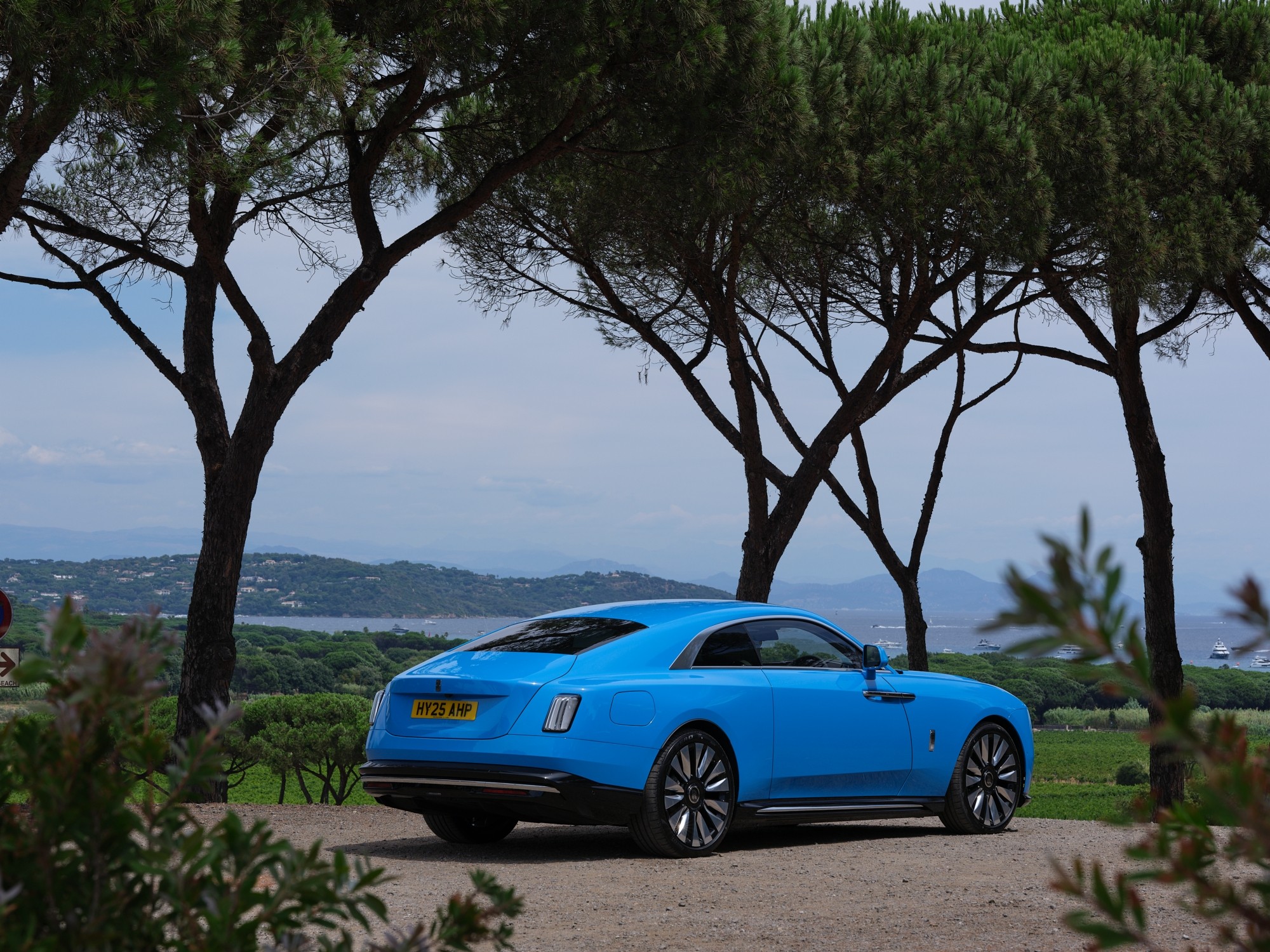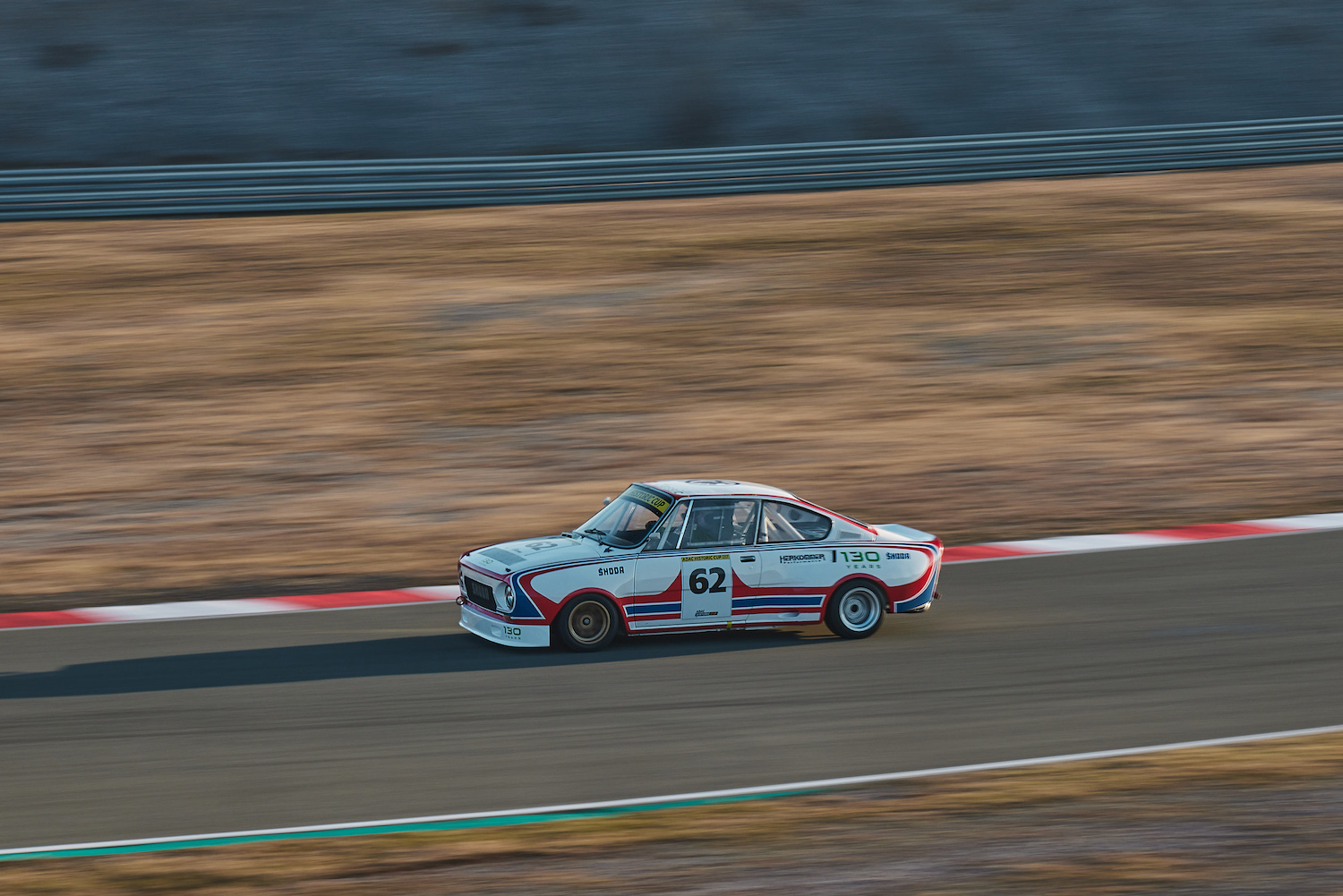From Pikes Peak to sim racing: Fanatec launches Bentley GT3 Steering Wheel
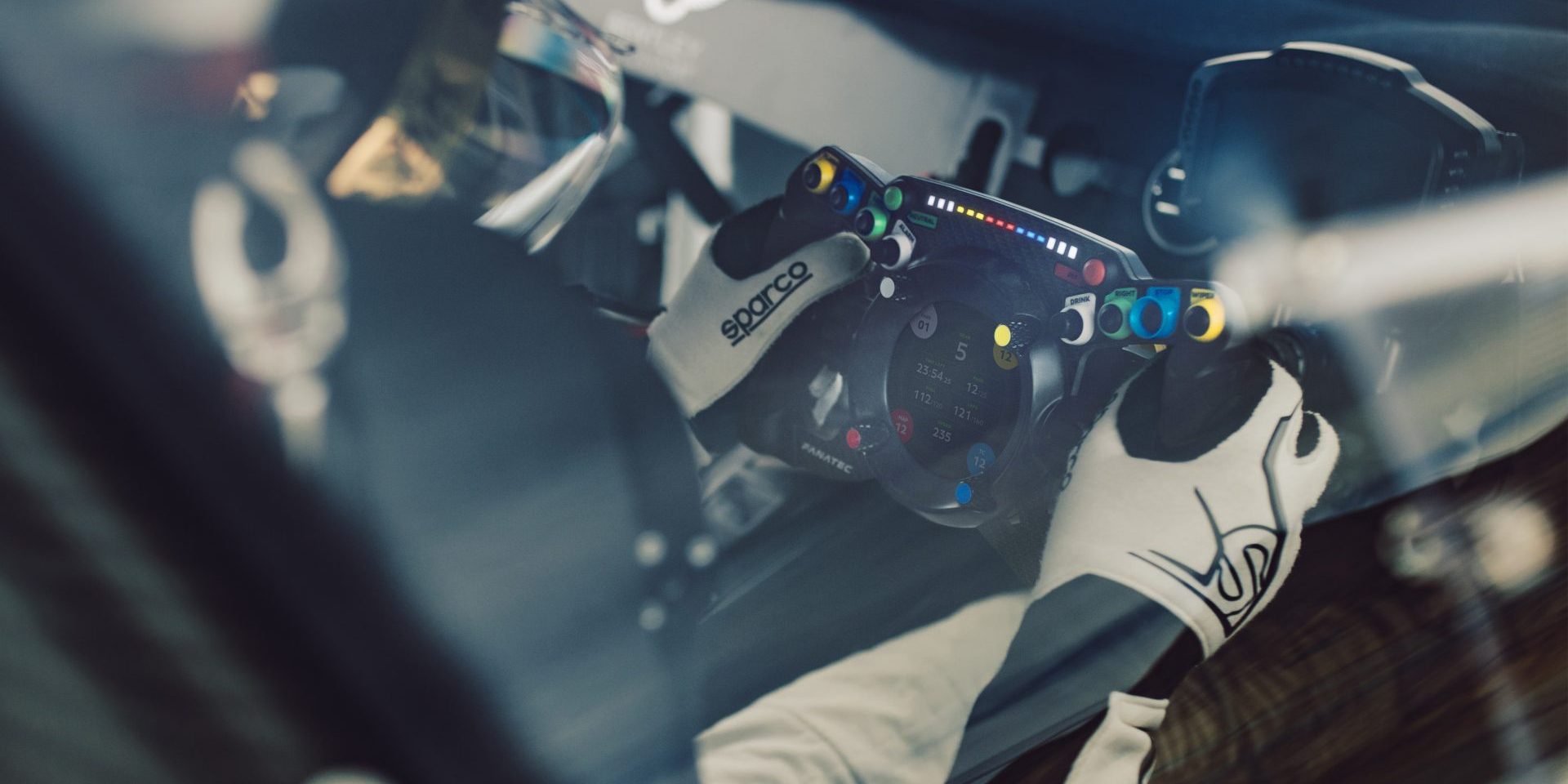
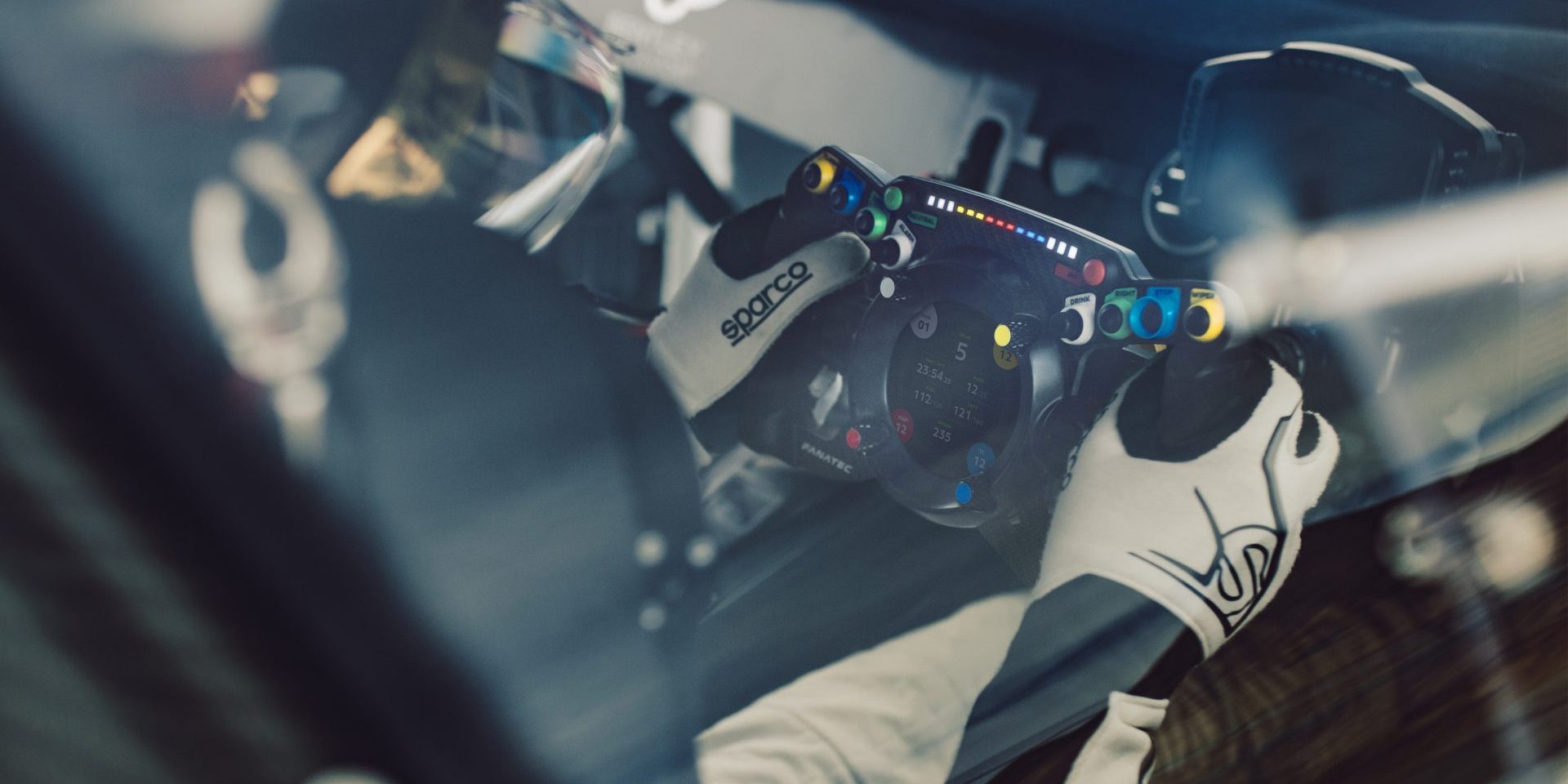
The specially-designed racing steering wheel used by Bentley’s Pikes Peak GT3 car is now available for sim racing setups, as Fanatec’s new pinnacle product. Developed simultaneously for both the real Pikes Peak race car and for sim racing, the new Fanatec Bentley GT3 Podium Steering Wheel is the result of a joint collaboration with Bentley’s Motorsport team.
Debuting in the Bentley Continental GT3 Pikes Peak car during the 99th Pikes Peak International Hill Climb in 2021, the new steering wheel has seen further optimisations and product development to deliver the ultimate sim racing product. Built to handle the world’s most notorious hill climb course, this product seamlessly blends rugged durability and luxury with innovative new features.
The 310 mm diameter wheel features a 3.4” circular self-levelling touchscreen with forged carbon bezel and CNC-machined aluminium rotary controls with signature Bentley knurling. The structure incorporates a lightweight magnesium core and 5 mm-thick carbon fibre front plate with green weave. The wheel is fitted with the QR2 Pro Wheel-Side, the default quick release used on all real-world steering wheels from Fanatec.
Together with the self-levelling central display, the wheel has several ergonomic considerations, including backlit button surrounds, two seven-way directional sticks, and two large aluminium rotary inputs. Four magnetic paddles are found at the rear: two for gear shifting, and two for additional inputs, plus a pair of analogue clutch paddles. The paddle design is based on the shift paddles from the Bentley Continental GT road car.
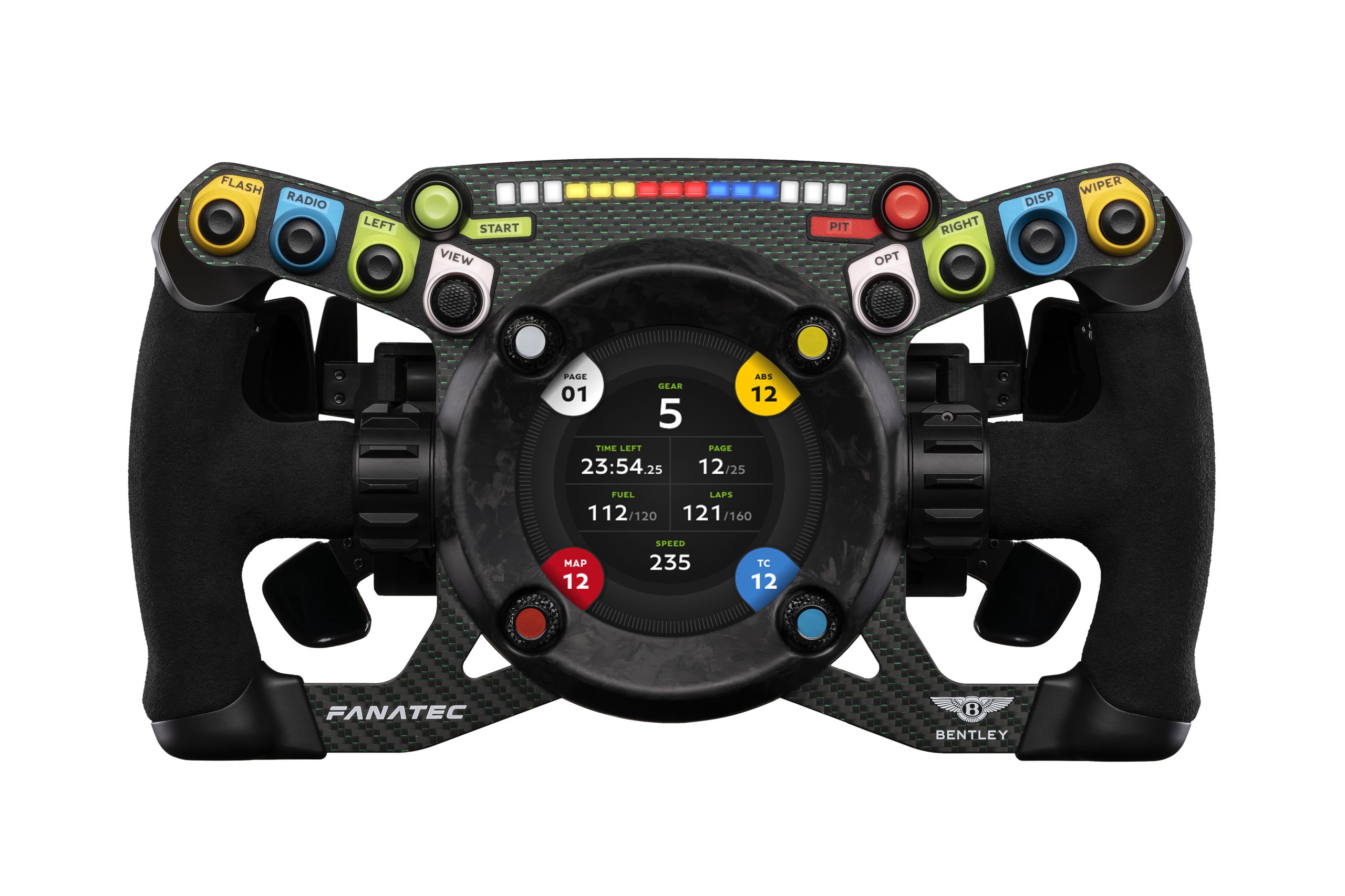
The design was further refined with input from Continental GT3 Pikes Peak driver and Pikes Peak legend Rhys Millen. His requirements led to the inclusion of the ‘Pikes Peak Grip’, an optional lower attachment to the wheel that gave him more leverage while navigating the many hairpin bends on the Pikes Peak International Hill Climb course.
When not in use, the wheel transforms into a striking display piece. With the included desk / wall mount, the wheel doubles as a clock inspired by the traditional timepiece found in Bentley road cars. It can also replay preloaded telemetry and videos of famous circuits, showing pedal and steering inputs, gear changes, G-meter, and a track map. The Podium Steering Wheel Bentley GT3 is a unique collector’s item for passionate fans of motorsport and the British brand.
Belma Nadarevic, CMO of Fanatec, said:
“Bringing real-world racing technology into the hands of sim racers is a unique challenge, and this product stands as a testament to the passion and perseverance of our team. Working closely with Bentley Motors has allowed us to create something truly extraordinary — a perfect blend of racing performance and luxury. It was worth the wait!”
Bentley’s most extreme road-going car
The most extreme road-going Bentley ever built, the Continental GT3 Pikes Peaks race car represented another strand of Bentley’s ambitious and transformational Beyond100 programme, which will see the brand become the world’s leading sustainable luxury mobility company. While being the most extreme Continental GT variant every built, it also proved to be one of the greenest – running on renewable fuel throughout its life.
The nature and environment of the legendary hill climb, demanded that the Continental GT3 Pikes Peak featured modifications to its aerodynamics package, its chassis and its engine, turning it into the most extreme iteration of a Continental GT – or indeed any Bentley road car – ever.
The engine – based on Bentley’s race-proven version of its 4.0-litre twin-turbo V8 road car engine – was thoroughly reworked to generate more than 750 bhp and 1,000 Nm at sea level for testing. New pistons and conrods were installed to turn additional boost pressure (over 2.2 bar) into power, having to handle an increased dynamic pressure ratio. The carbon fibre intake manifold was thicker and reinforced versus the standard item, for the same reason. A custom, one-off Inconel exhaust manifolds were 3D-printed via laser sintering by Akrapovič, and lead to larger turbos paired with external wastegates, venting into very short exhausts and dedicated screamer pipes that exited behind the front wheels.
The high performance engine placed additional demands on the cooling system, and for Pikes Peak the engineering team developed a secondary cooling system that’s installed to the rear of the car. Air scoops replaced the rear windows, and channel air through a secondary radiator that exhausts through ducts in the boot lid. The system ran via a dedicated secondary water pump.
The gearbox was Bentley’s standard racing unit, already designed to handle the torque loads involved, but rear driveshaft diameter has been increased to provide additional durability. The gearbox ran a specially-formulated lubricant created specifically for the car by Mobil1, who also supplied high-performance oil for the engine.
The chassis had been set up and tuned to suit the specific nature of the Pikes Peaks course. Both front and rear axles ran significantly reduced camber to the standard Continental GT3 setup, focusing the car on low-speed cornering performance. The softest springs and anti-roll bars from Bentley’s range were fitted, to allow more movement in the body and so maximise weight transfer for braking. The brakes themselves were water-cooled, to handle the increased loads that an all-out attack on the course will bring.
The aerodynamic modifications saw a 30 per cent increase in overall downforce at sea level, while maintaining the standard car’s aerodynamic front / rear balance – validated during the first track sessions. The biggest rear wing ever fitted to a Bentley dominated the rear of the car, sitting above a highly efficient rear diffuser that surrounded the transaxle gearbox. To maintain the aerodynamic balance front-to-rear, the devices are paired with a comprehensive front-end aerodynamic package comprising a two-plane front splitter flanked by separate dive planes. The majority of these parts were made with carbon nylon filament using rapid prototype, additive manufacturing techniques at the Bentley factory in Crewe.




